Archive
2020
KubaParis
neither the either | nor the or | are places to be
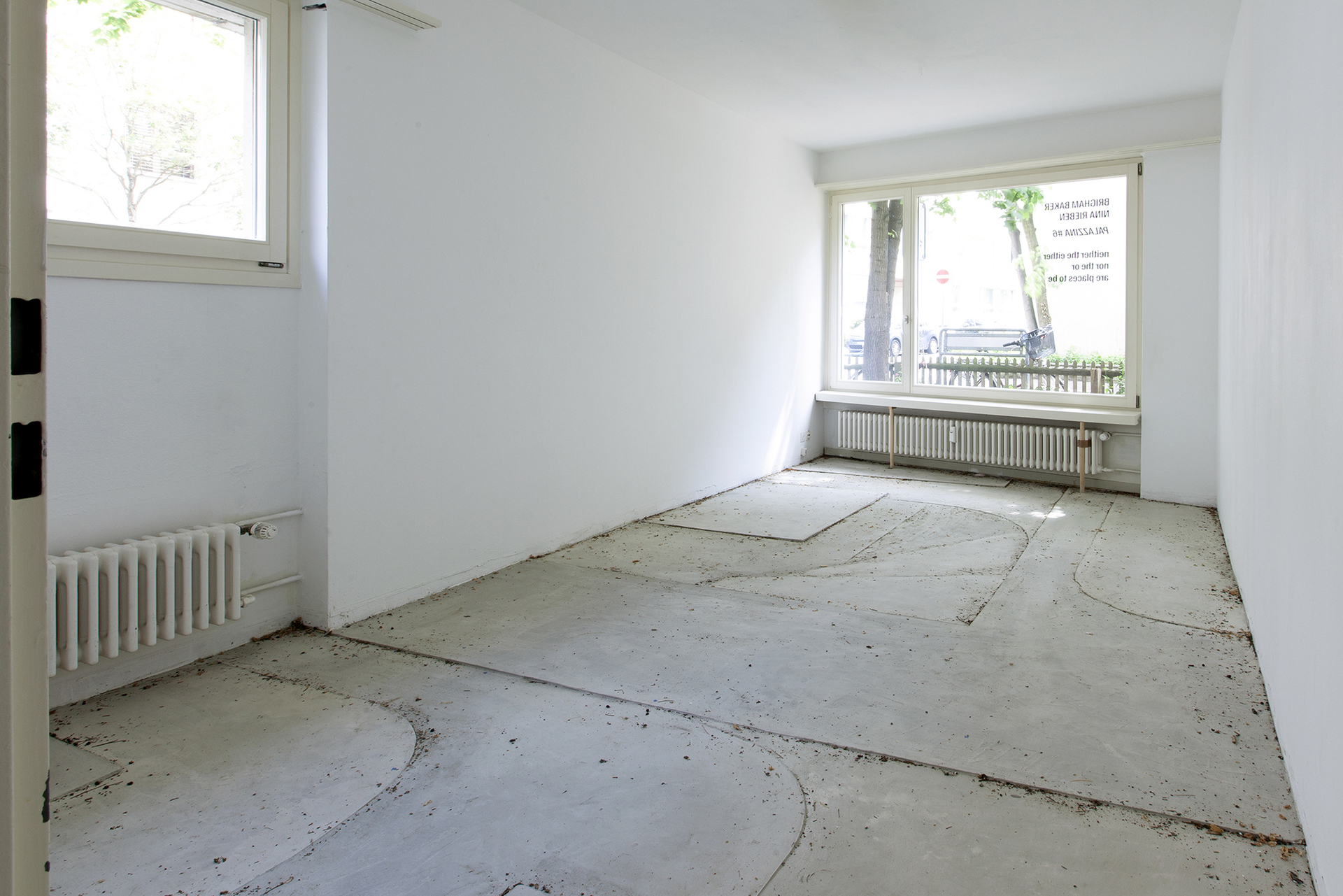
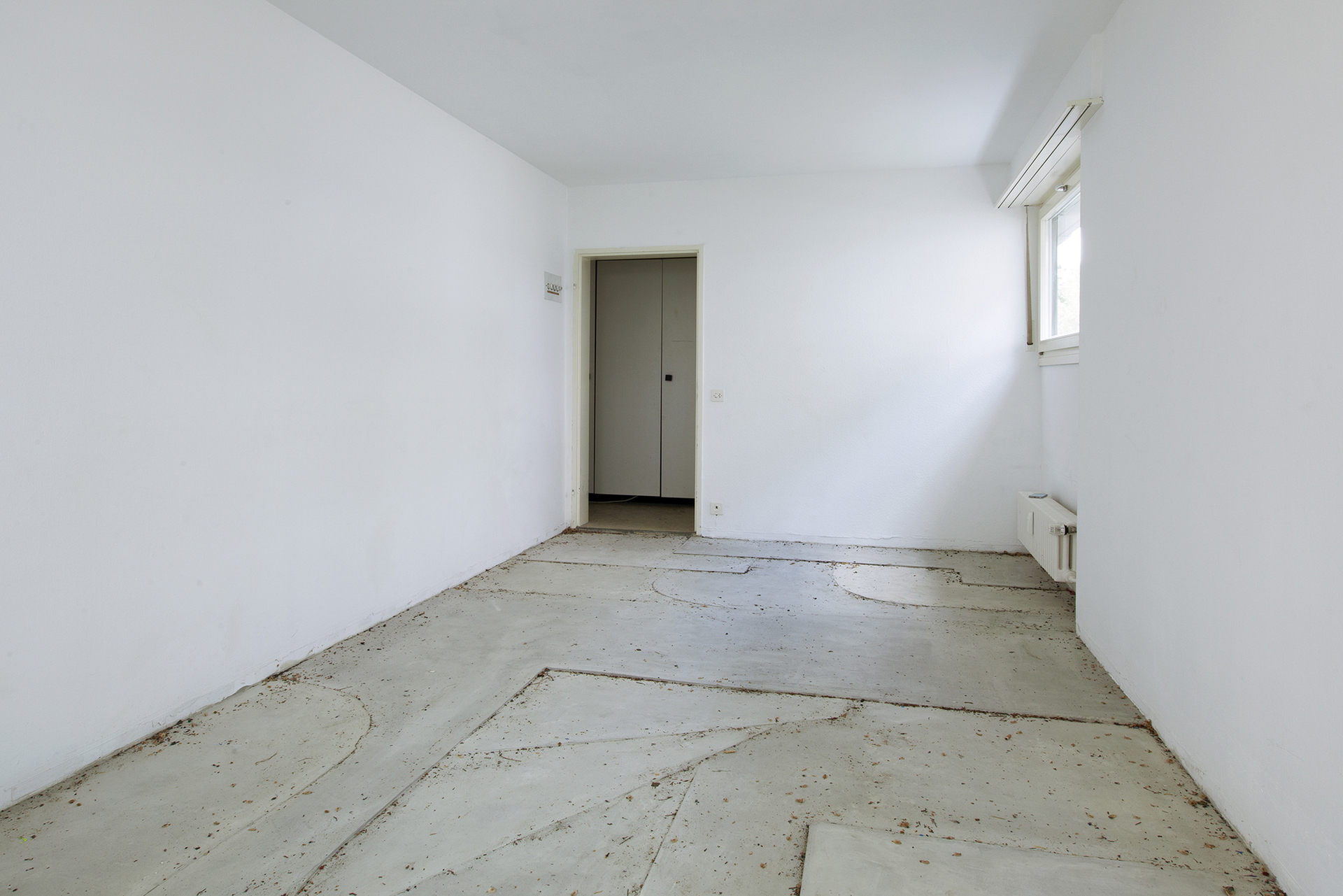
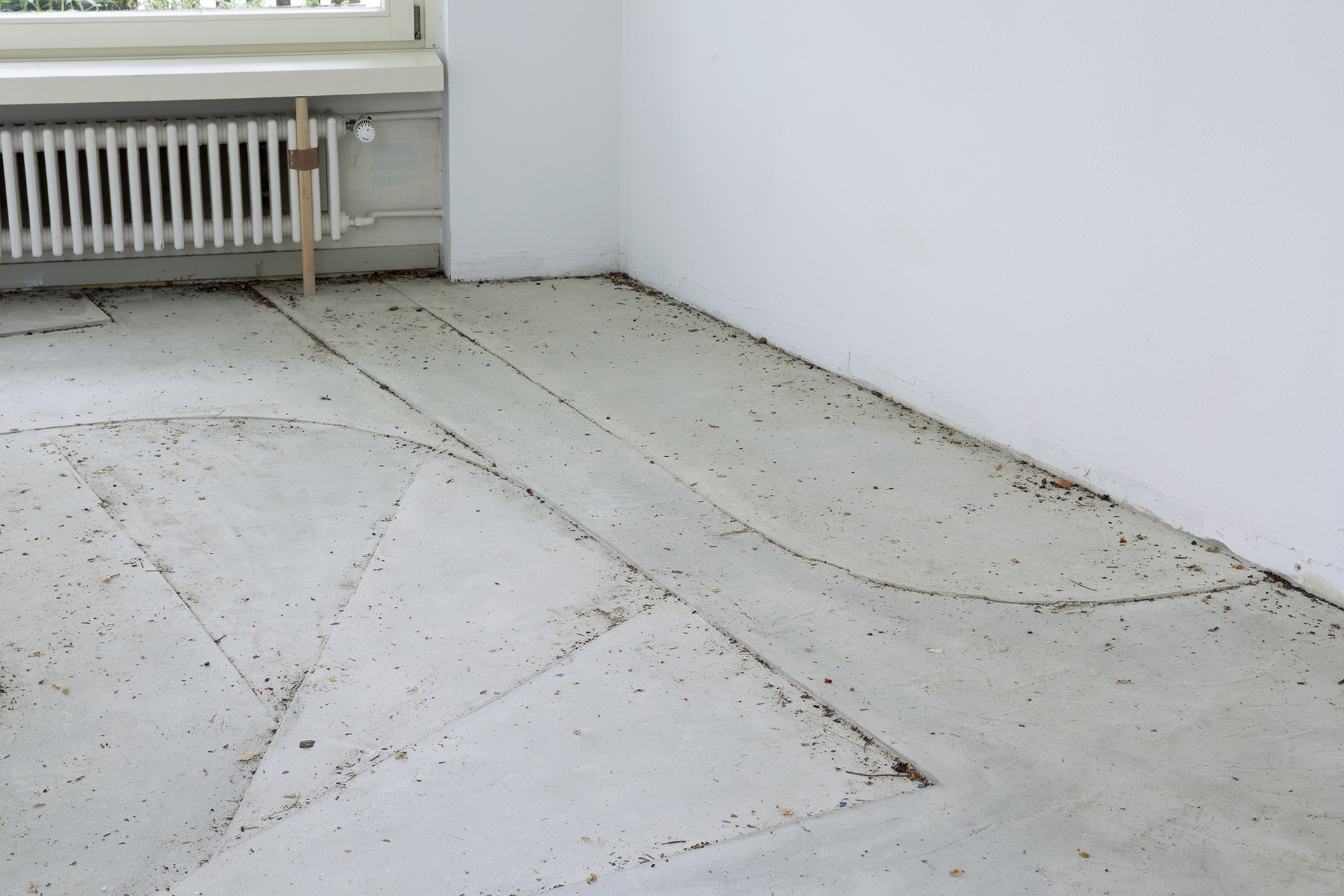
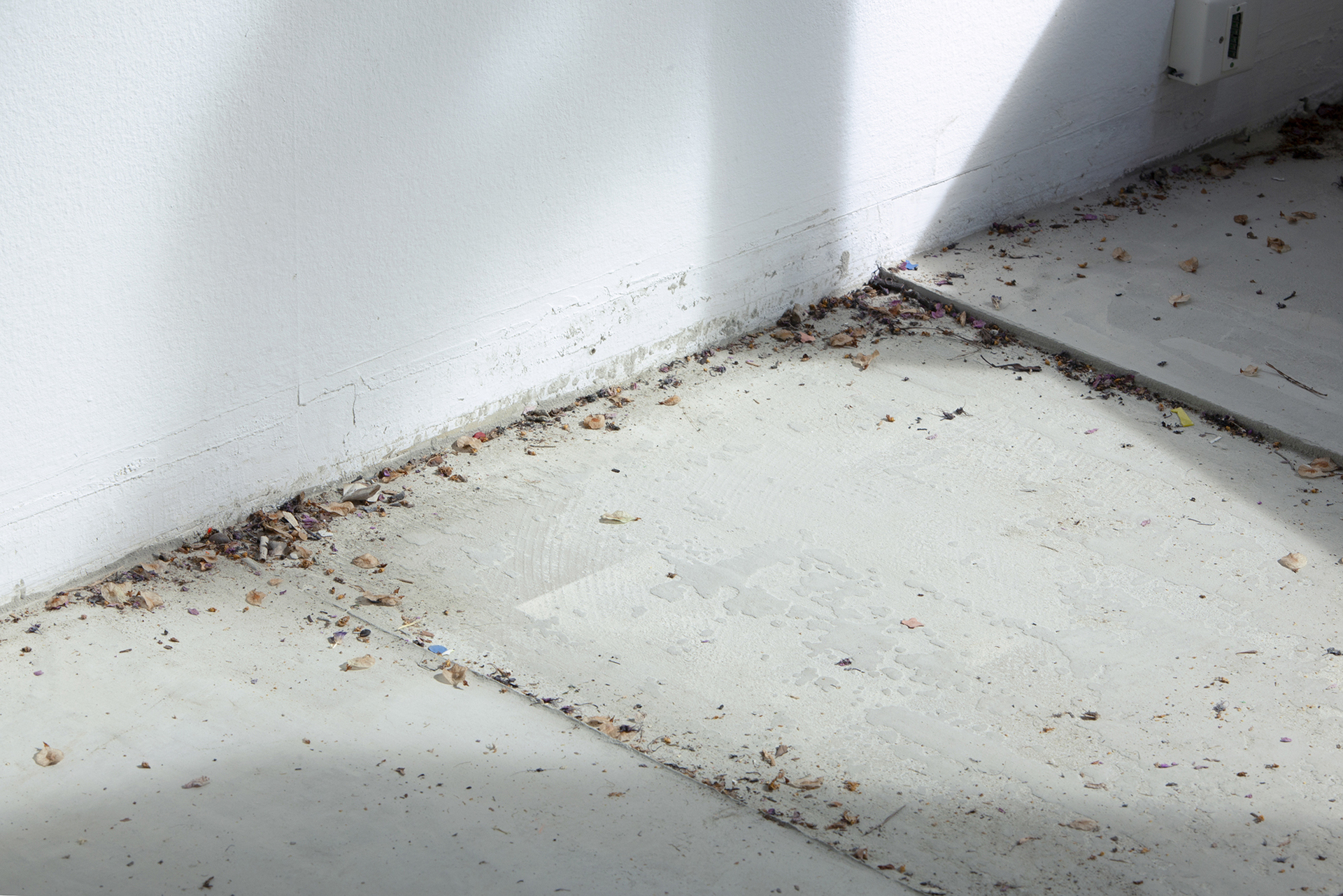
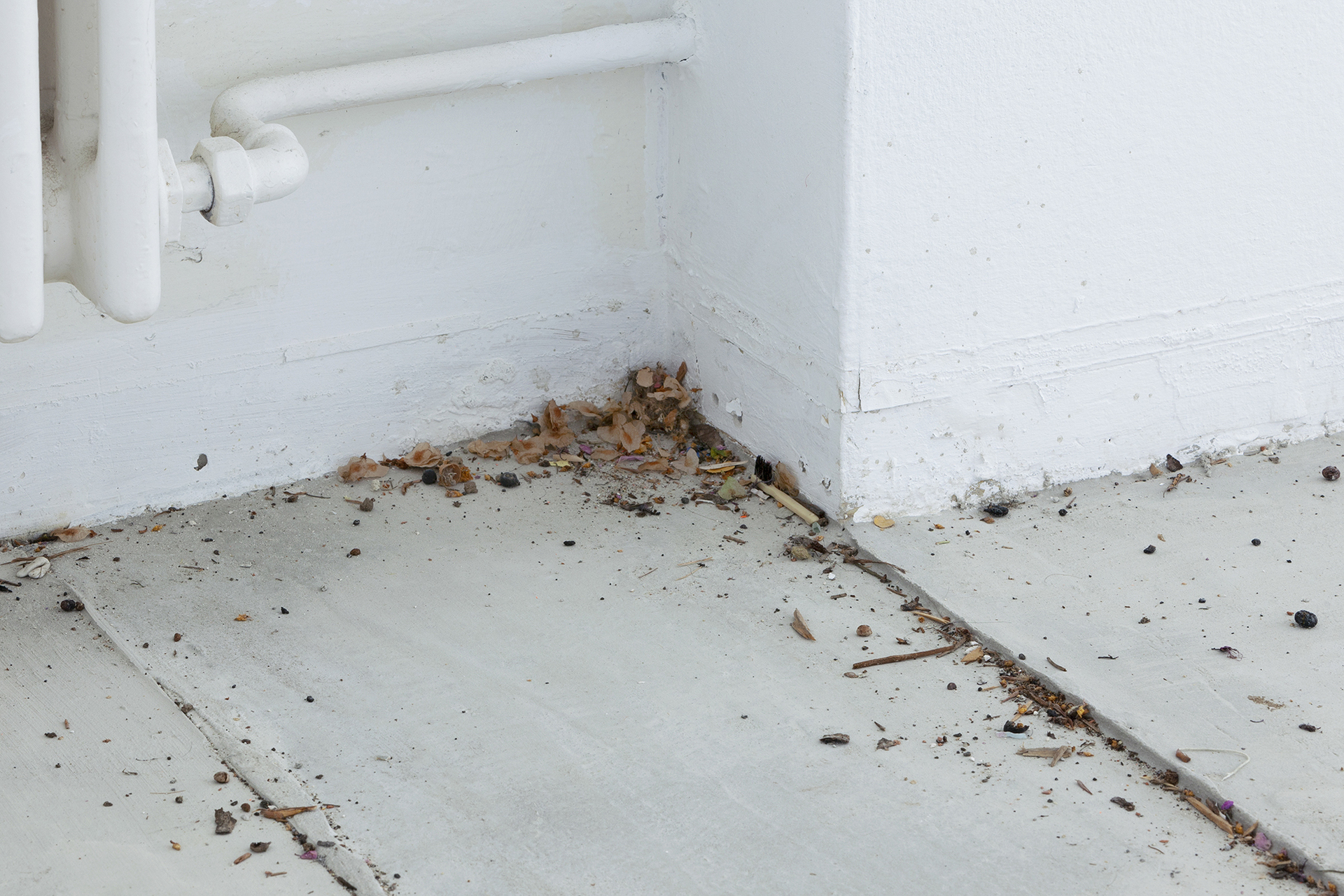
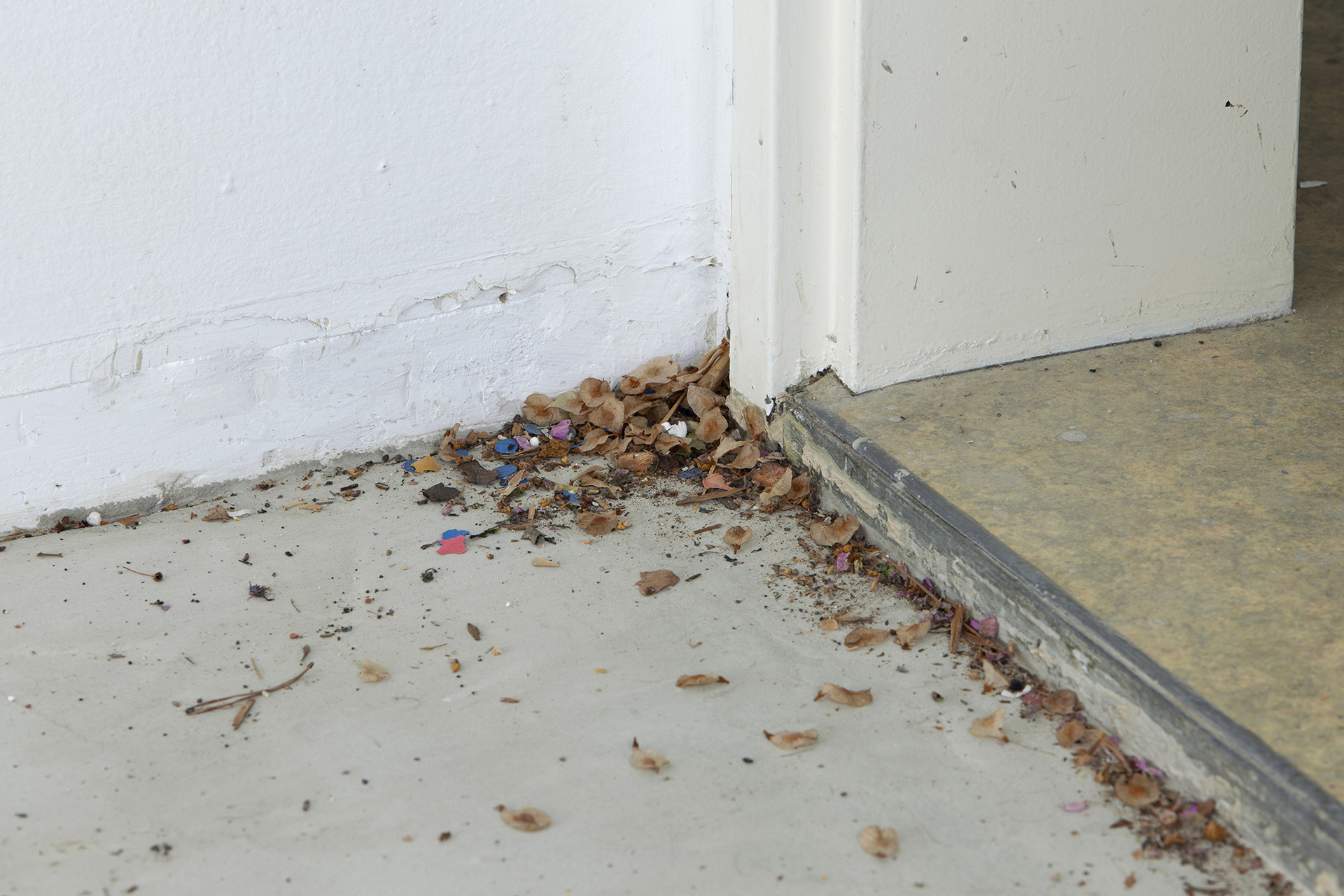
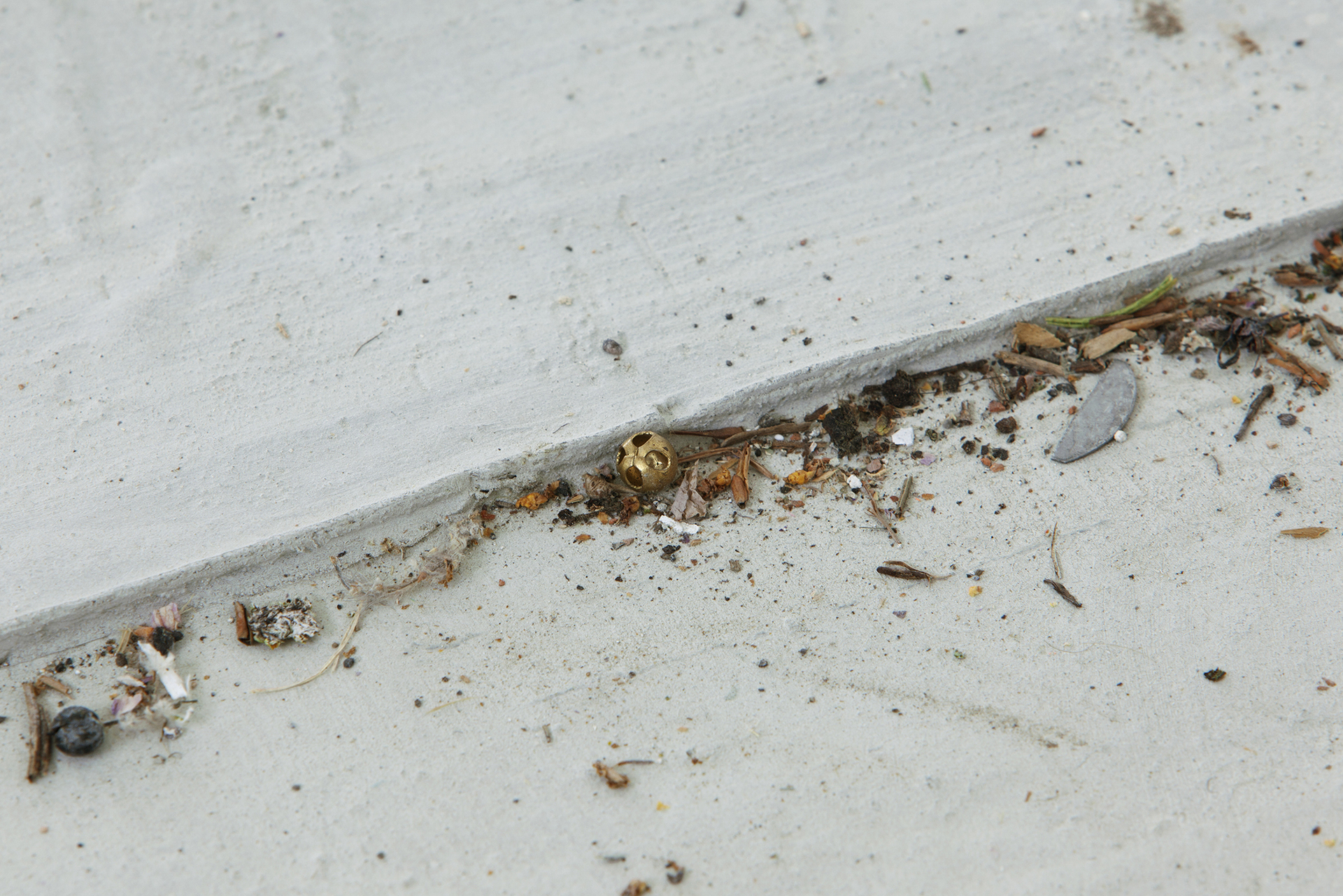
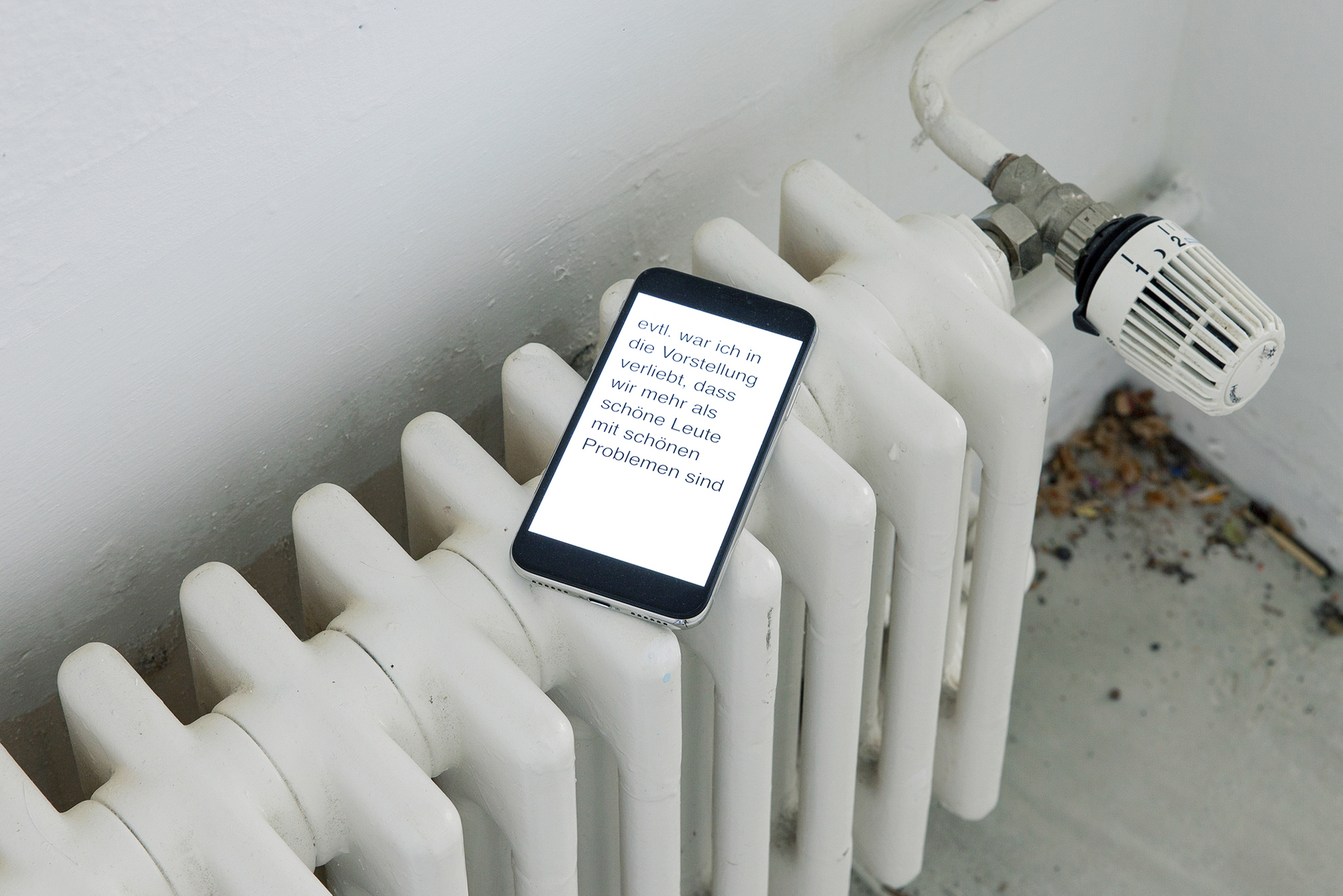
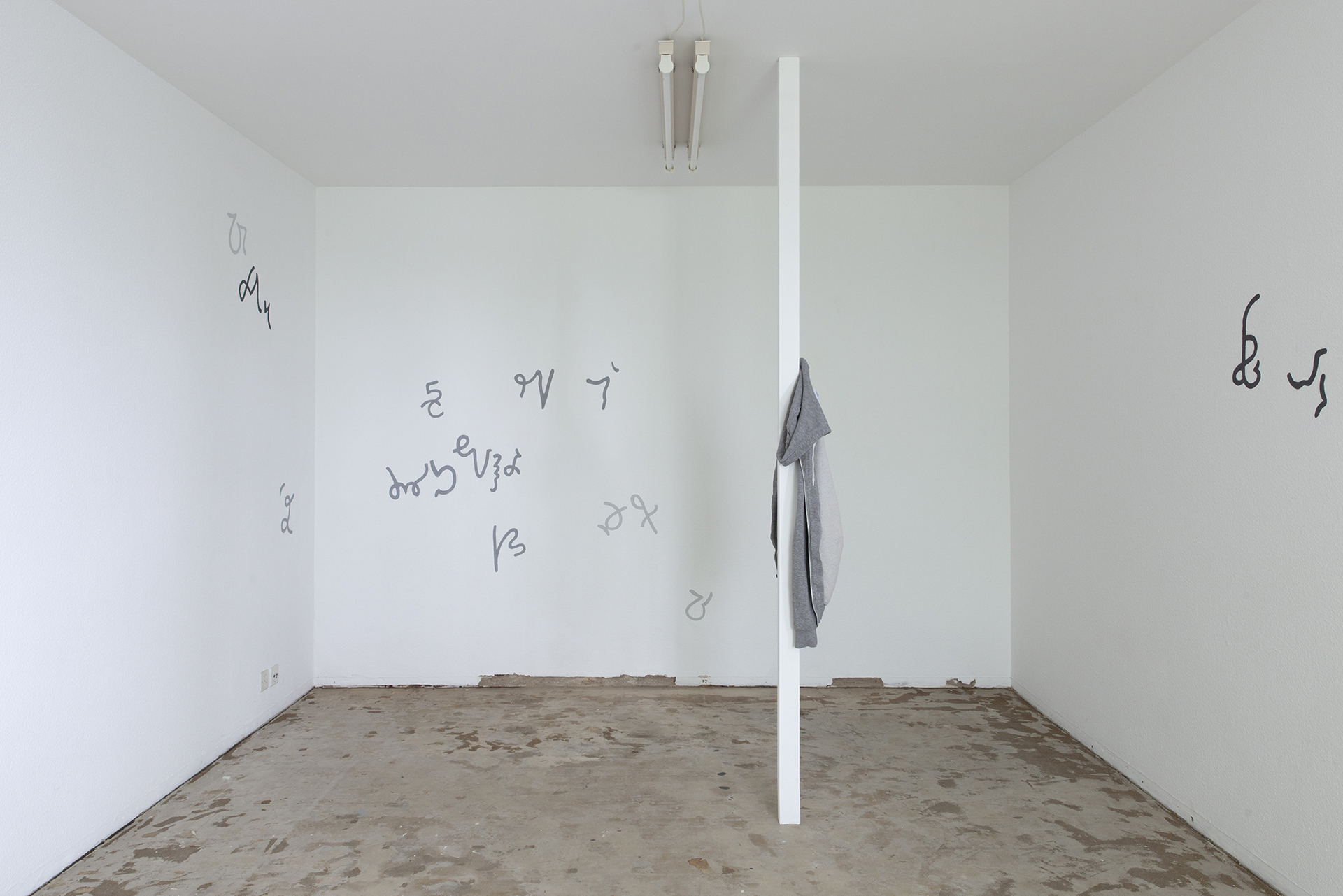
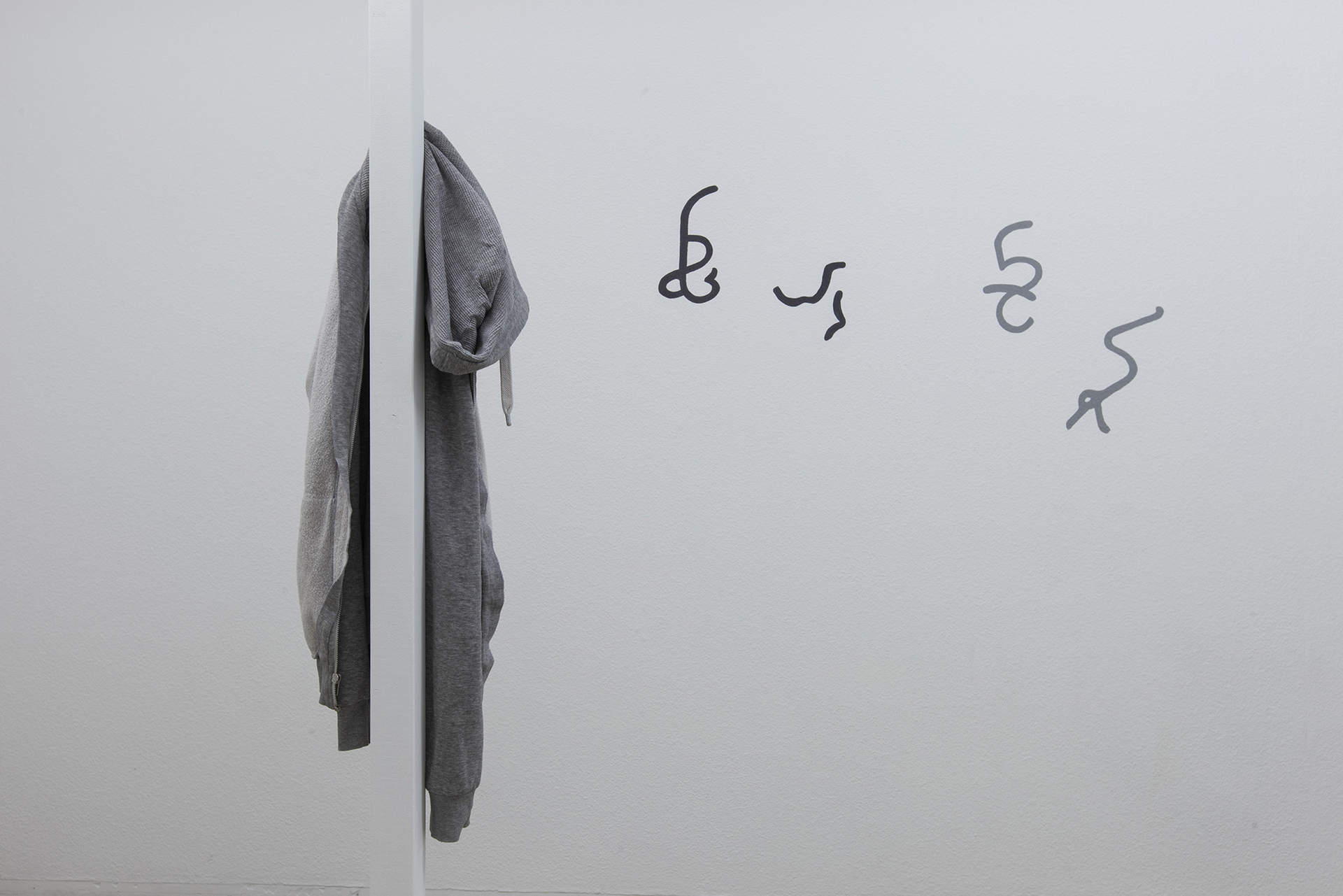

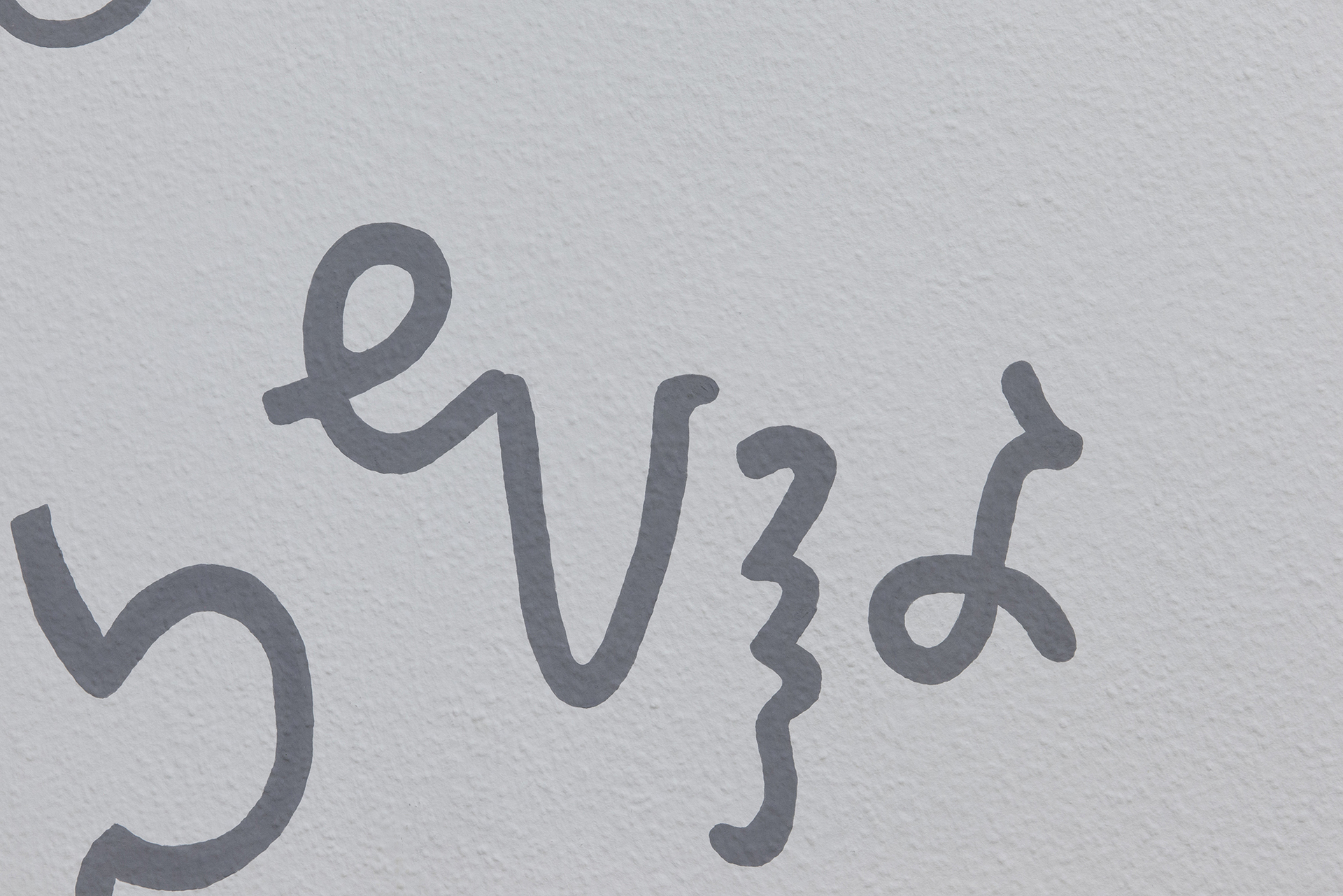
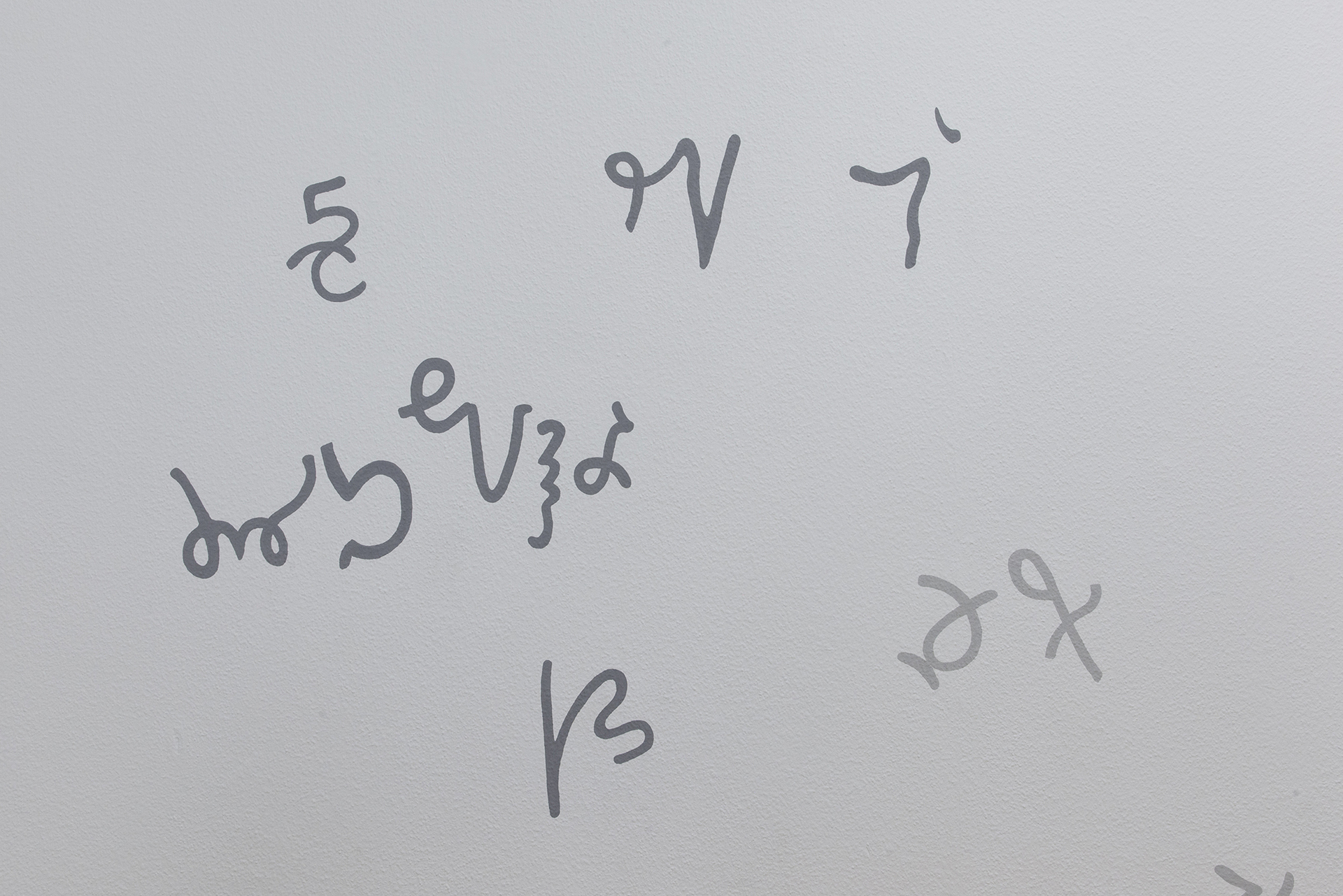


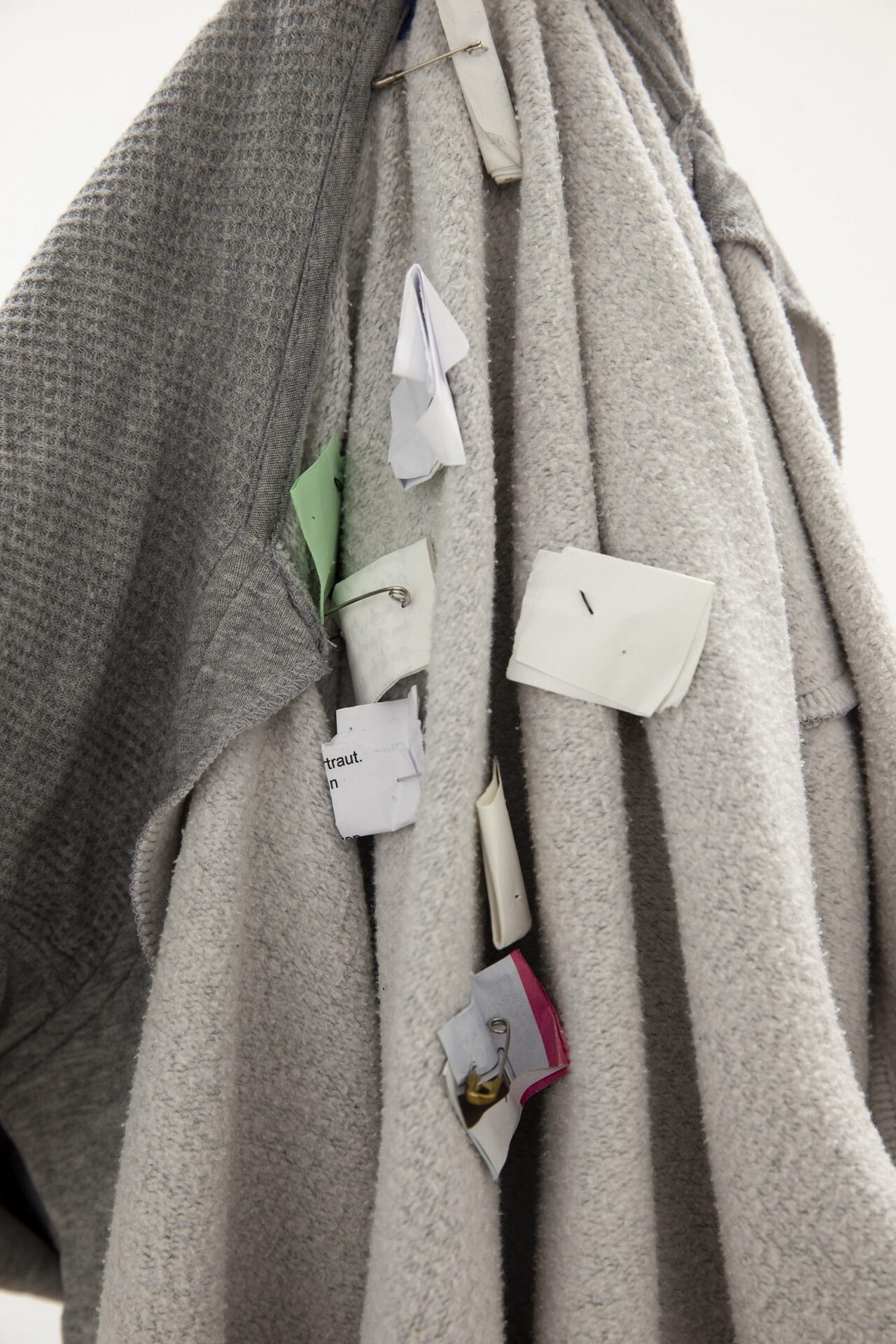


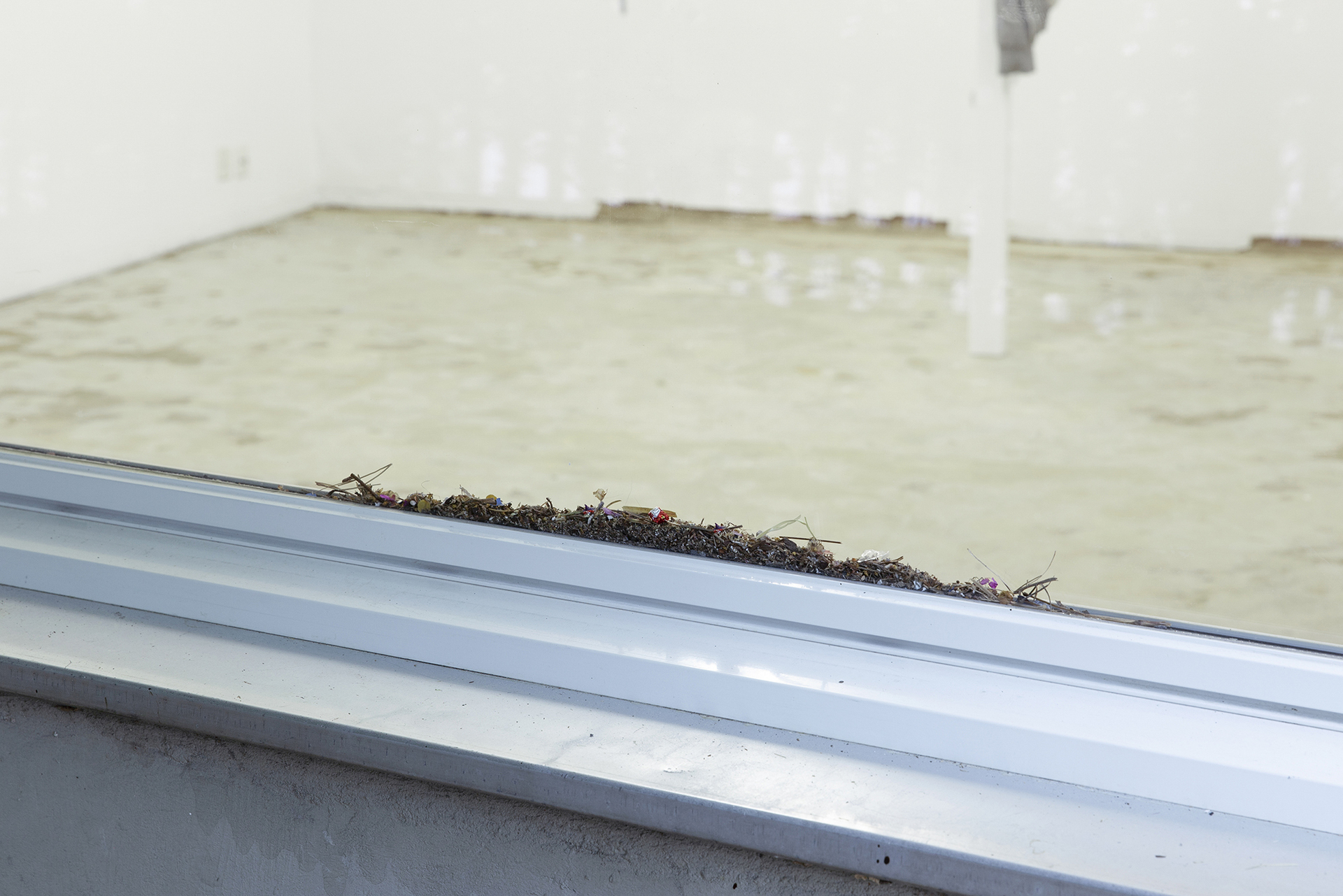
Location
PALAZZINADate
05.05 –23.05.2020Curator
Géraldine Honauer & Ines TondarPhotography
Brigham Baker & Géraldine HonauerSubheadline
The conjunction "either...or" inscribes a search for decisiveness, suggesting two possibilities, neither of which – as the melancholic tone of the title emphasizes – can be considered as permanent states. It contains an evasive, not final or definitive moment, which reminds one of a way of working of circling and approaching and at the same time raises questions about places of longing. This not only characterizes the way the two artists Nina Rieben (*1992) and Brigham Baker (*1989) deal with their subjects, but also refers to the current, uncertain situation.Text
The conjunction "either...or" inscribes a search for decisiveness, suggesting two possibilities, neither of which – as the melancholic tone of the title emphasizes – can be considered as permanent states. It contains an evasive, not final or definitive moment, which reminds one of a way of working of circling and approaching and at the same time raises questions about places of longing. This not only characterizes the way the two artists Nina Rieben (*1992) and Brigham Baker (*1989) deal with their subjects, but also refers to the current, uncertain situation.
Nina Rieben distributes abstract signs of different sizes, painted directly on the wall, which seem to float in space as a loose structure. The signs are part of an encoded script, which was created by the artist herself, but whose code she does not provide. The writing is a reference to the situation in which something meaningful is to be expressed by language, but cannot be transformed into what is said – a limitation of the explicitness of language. The presence of a sweatshirt jacket hanging in the room reinforces the intimate and withdrawn atmosphere into which viewers enter through their physical presence. Small folded pieces of paper are attached to the fabric of the garment, which contain written wishes. These remain hidden and unreadable, which can be felt as a distance, but which raises deepest questions. What are our personal wishes or desires? And how do we manifest or code them?
On the display of a smartphone of Nina Rieben in the next room a text fragment lights up: „Evtl. war ich in die Vorstellung verliebt dass wir mehr als schöne Leute mit schönen Problemen sind“ (Perhaps I was in love with the idea that we are more than beautiful people with beautiful problems). Like a forgotten personal object, the digital display rests in the exhibition space and at the same time spatially links the two artistic positions with each other. At the moment of reading, a narrative of its own unfolds in our thoughts, revolving around the excerpt of a conversation whose protagonists we do not know.
The empty, white walls direct our gaze to the floor. The material that Brigham Baker distributes over variously shaped areas of concrete in Math for Sweeping (2020) consists of both human and natural "litterings", which the artist found in the urban environment surrounding PALAZZINA. The texture is reminiscent of street situations that we often encounter in everyday life, but to which we rarely pay much attention. The distribution of the material is particularly concentrated on the edges and corners of the floor fragments, which particularly emphasizes the entire structure of curves and lines and allows it to become a drawing in space. The fields, created in a long working process, have made the existing concrete floor disappear. The addition of the already existing material concrete and the remnants from the outside space underlines the contrasts of up and down respectively inside and outside. On the other hand, in a window work by the artist, the given material of a building section is removed. In an inconspicuous hole at the upper edge of the outer window pane, similar "sweepings" were dropped into the space in between. At its lower edge, an accumulation is thus formed which seems to be preserved behind glass. Suddenly, previously lightweight objects, driven through the air, gain in weight and heaviness in their multiplicity. They hold us in an intermediate state, which the title of the exhibition also creates, and leave fundamental questions open: Where are we now? In the here and now? And where would be "places to be”?
Ines Tondar